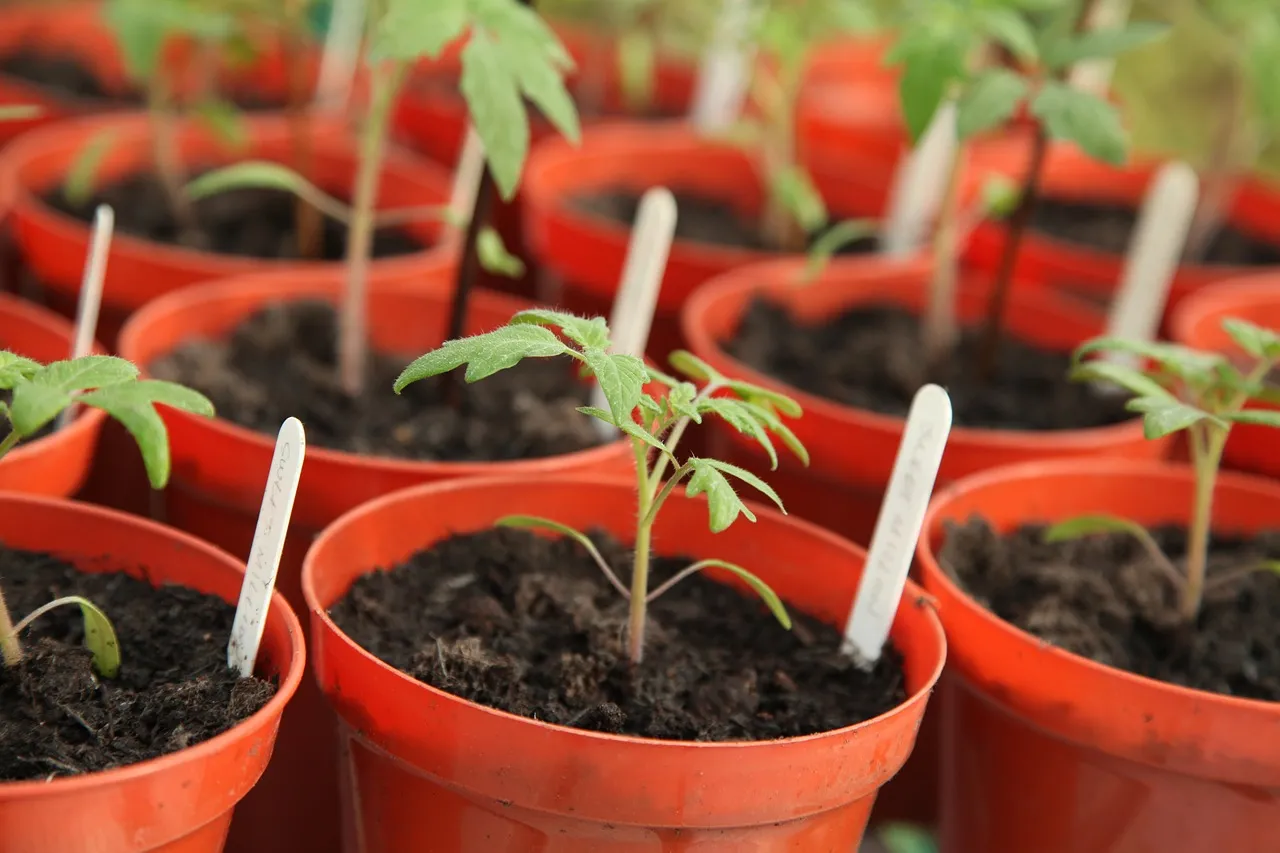Hi @jules37
Thanks for your question. From the one pic it does look like the early signs of Tomato blight sadly. There’s nothing you can do once you have blight but to destroy your crop either incinerate or dispose of but don’t compost.
The indicators are the dark brown stem and also leaves turning brown. I would guess that in a week or so the fruits and other stems will start to shrivel and turn brown. It’s always best to be safe than sorry as blights highly contagious and will spread if not caught diligently like you have.

Tomato blight is a plant disease caused by fungal pathogens, such as Phytophthora infestans. It affects tomato plants, causing wilting, leaf spots, and ultimately leading to the death of the plant if left untreated.
The key signs of tomato blight are:
-
Leaf spots: Look for brown or black spots that may have a greenish or yellowish halo. These spots often appear on older leaves first.
-
Leaf curling: Infected leaves may start to curl and twist.
-
Wilting: The plant may show signs of wilting, starting from the tips of the leaves and progressing towards the stem.
-
Stem lesions: Dark, sunken areas on the stem, often near the soil line, can indicate blight infection. This is the first sign I’m seeing on your tomato photo.
-
Fruit rot: In some cases, blight can also affect the tomato fruits, causing brown, water-soaked spots or rotting.
-
Rapid spread: If you notice the symptoms spreading quickly throughout the plant or to neighboring plants, it may be a sign of blight.
To stop tomato blight, you can take several preventive measures:
-
Choose resistant varieties: Opt for tomato varieties that are bred to be resistant to blight.
-
Proper spacing: Ensure adequate space between tomato plants to promote good air circulation, reducing the chance of fungal spores spreading.
-
Watering: Avoid overhead watering and water the plants at the base to keep the foliage dry and minimize moisture on leaves.
-
Mulching: Apply organic mulch around the base of the plants to prevent soil-borne spores from splashing onto leaves.
-
Crop rotation: Avoid planting tomatoes in the same location for consecutive years, as this reduces the buildup of pathogens in the soil.
-
Sanitation: Regularly remove and dispose of infected plant debris to prevent the spread of the disease.
-
Fungicides: As a last resort, you can use fungicides labeled for tomato blight, but follow the instructions carefully. Usually resistant varieties and good hygiene is a better option than chemical fungicides which I always avoid.
Sorry to be the bearer of bad news. However don’t give up. Give growing them another try next year with a resistant cultivar and completely cleansed and sterilised pots. Growing from seeds super easy as my guide below will show you.
https://youtu.be/5_Tfj2Eqi_U
Happy growing
Lee
Hi @jules37
Thanks for your question. From the one pic it does look like the early signs of Tomato blight sadly. There’s nothing you can do once you have blight but to destroy your crop either incinerate or dispose of but don’t compost.
The indicators are the dark brown stem and also leaves turning brown. I would guess that in a week or so the fruits and other stems will start to shrivel and turn brown. It’s always best to be safe than sorry as blights highly contagious and will spread if not caught diligently like you have.

Tomato blight is a plant disease caused by fungal pathogens, such as Phytophthora infestans. It affects tomato plants, causing wilting, leaf spots, and ultimately leading to the death of the plant if left untreated.
The key signs of tomato blight are:
-
Leaf spots: Look for brown or black spots that may have a greenish or yellowish halo. These spots often appear on older leaves first.
-
Leaf curling: Infected leaves may start to curl and twist.
-
Wilting: The plant may show signs of wilting, starting from the tips of the leaves and progressing towards the stem.
-
Stem lesions: Dark, sunken areas on the stem, often near the soil line, can indicate blight infection. This is the first sign I’m seeing on your tomato photo.
-
Fruit rot: In some cases, blight can also affect the tomato fruits, causing brown, water-soaked spots or rotting.
-
Rapid spread: If you notice the symptoms spreading quickly throughout the plant or to neighboring plants, it may be a sign of blight.
To stop tomato blight, you can take several preventive measures:
-
Choose resistant varieties: Opt for tomato varieties that are bred to be resistant to blight.
-
Proper spacing: Ensure adequate space between tomato plants to promote good air circulation, reducing the chance of fungal spores spreading.
-
Watering: Avoid overhead watering and water the plants at the base to keep the foliage dry and minimize moisture on leaves.
-
Mulching: Apply organic mulch around the base of the plants to prevent soil-borne spores from splashing onto leaves.
-
Crop rotation: Avoid planting tomatoes in the same location for consecutive years, as this reduces the buildup of pathogens in the soil.
-
Sanitation: Regularly remove and dispose of infected plant debris to prevent the spread of the disease.
-
Fungicides: As a last resort, you can use fungicides labeled for tomato blight, but follow the instructions carefully. Usually resistant varieties and good hygiene is a better option than chemical fungicides which I always avoid.
Sorry to be the bearer of bad news. However don’t give up. Give growing them another try next year with a resistant cultivar and completely cleansed and sterilised pots. Growing from seeds super easy as my guide below will show you.
https://youtu.be/5_Tfj2Eqi_U
Happy growing
Lee
jules37 has reacted to this post.
 Lee Burkhill: Award Winning Designer & BBC 1's Garden Rescue Presenters Official Blog
Lee Burkhill: Award Winning Designer & BBC 1's Garden Rescue Presenters Official Blog



